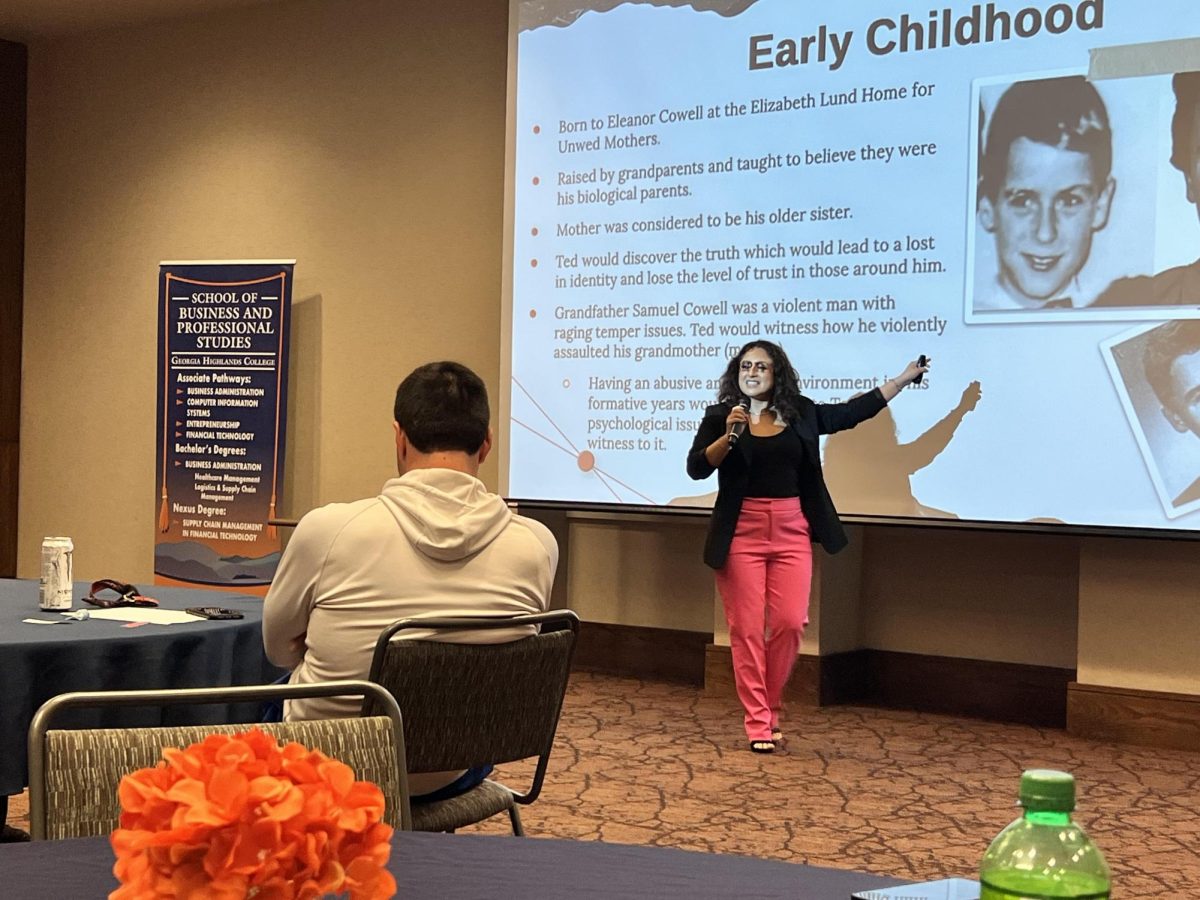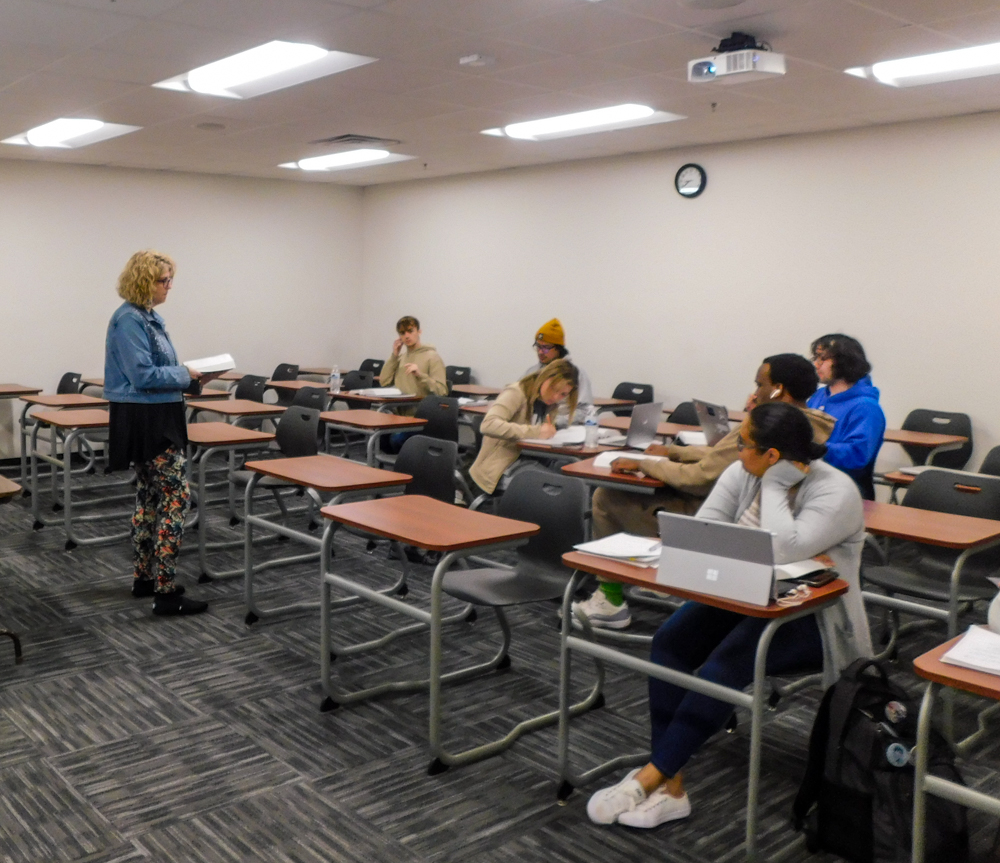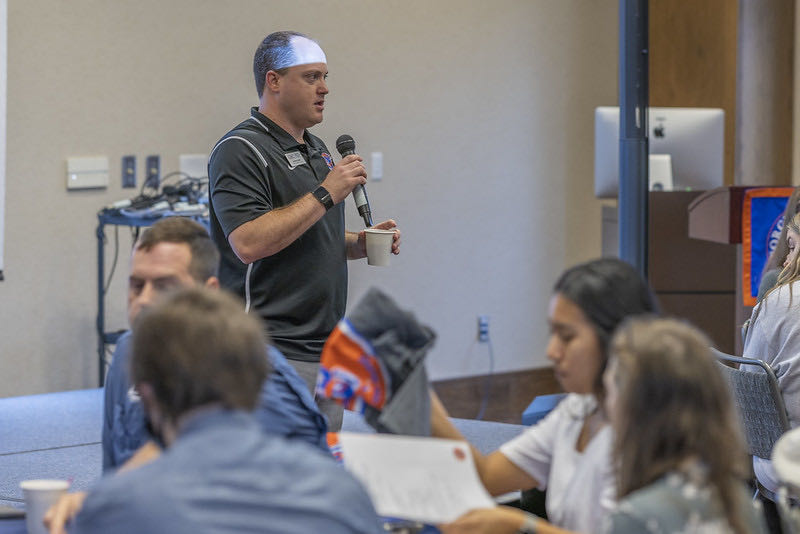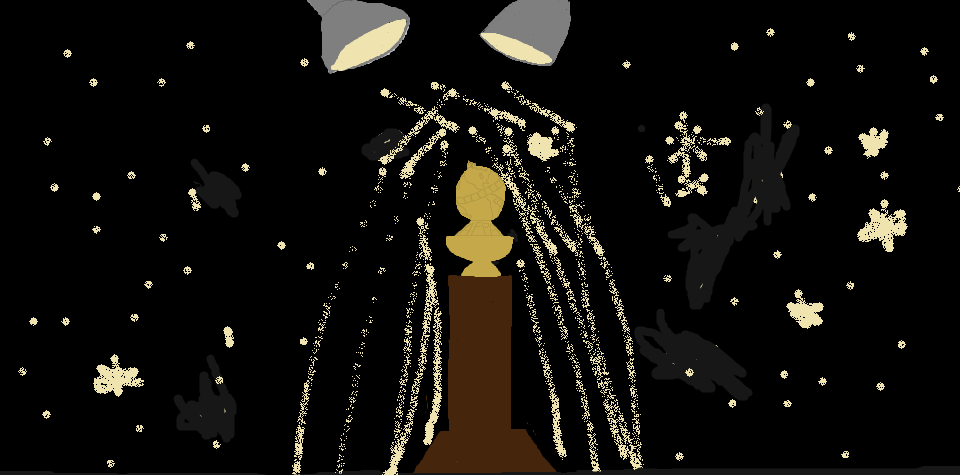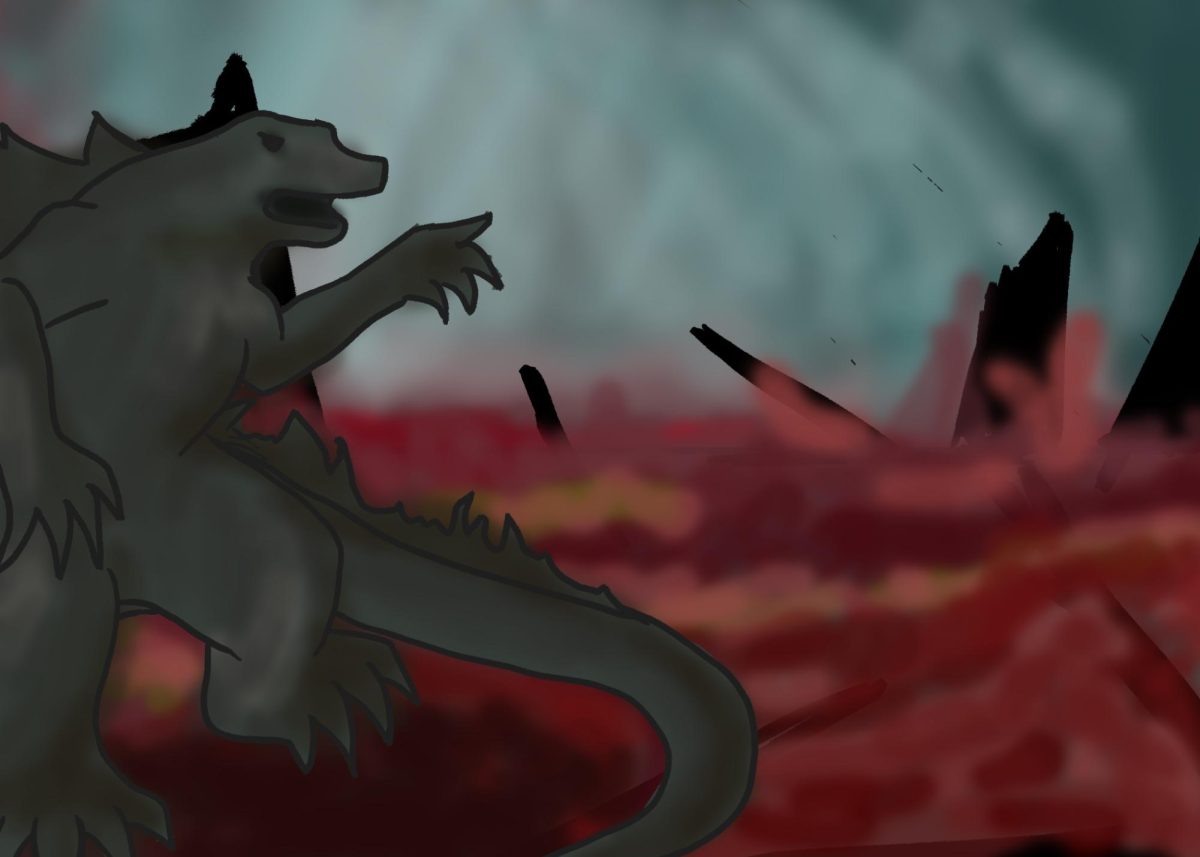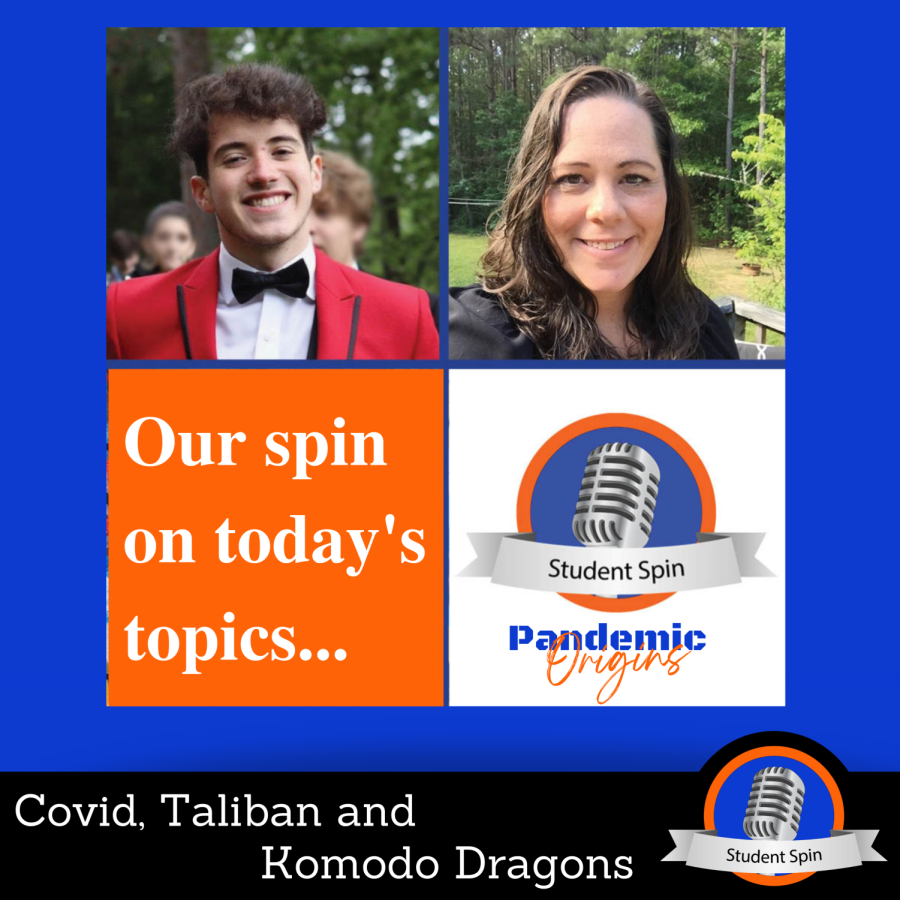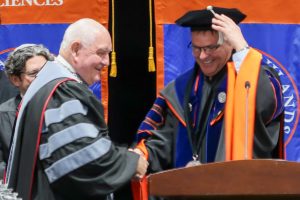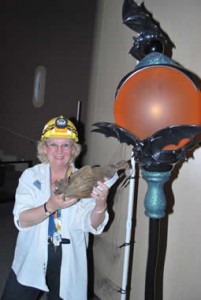
- Jacqueline Belwood, assistant professor of biology, shares her expertise on bats. Contributed photo.
Bats flocked to the Tellus Science Museum in Cartersville on Friday, Oct. 21. They followed Georgia Highlands College Assistant Professor Jacqueline Belwood to her annual lecture on bats and bat conservation.
The lecture consisted of many facts about the world’s only flying mammals. There are more than 1,100 bat species worldwide, according to Belwood, making up nearly 20 percent of all mammals.
There are 16 species in the state of Georgia alone. Bats range in size from two to three pounds with a wingspan of up to six feet to as little only a tenth of an ounce with a wingspan of five inches.
Bats are responsible for the largest mammalian society, Belwood said. Bracken Cave in southern Comal County, Texas is home to more than 20,000,000 Mexican Free Tailed bats.
The colony’s nightly departure for feeding can last for hours. It is so vast that it can be seen on Doppler radars.
Seventy percent of bats are insectivores, which also make up in large part the echolocating species of bats. Not all bats echolocate, and even those that do are visual.
Since they are nocturnal and rely heavily on their echolation, they have evolved large ears and rather small eyes. These types of bats can eat about their body weight in insects per night.
Belwood and a group of conservationists are founders of the bat house at the University of Florida that is home to more than 200,000 Mexican Free-Tailed bats. Since the bat house was built, the college has not had a need to spray insecticides once.
Bats are a huge help in the eradication of pest insects that damage crops and spread disease, Belwood said.
Most of the other 30 percent of bats are frugivores, or fruit-eating, bats. These bats don’t rely on echolocation and have evolved large eyes to locate food sources at night. They can eat up to three times their body weight per night. They also help pollinate a wide variety of plants.
According to Belwood, there are only three species of bats that are hemotophagic, or blood-eating.
Also known as vampire bats, these species are known to cause slits in the skin of their host and use a strong anticoagulant called Draculin to provide a flow of blood. Draculin is being studied for use in humans as a blood thinner.
Recently, as of 2006, Belwood stated that the bat populations have been devastated by White Nose Syndrome (WNS). WNS is a fungus that grows on the muzzles and wings of bats.
The first case in the United States was observed in a cave in New York State. It has since spread more than 500 miles per year, reaching as far south as Tennessee.
Why this disease is so harmful to the bat populations is that it wakes them up during hibernation. When the bats wake up during hibernation, they can burn a week’s worth of stored energy. This causes them to starve to death before spring ever comes. It has been responsible for the death of one to two million cave-dwelling bats, Belwood said.
Conservationists and the Department of National Resources (DNR) have worked to try to contain the epidemic. Gates on bat caves have been put up.
These gates enable the bats to come and go as they please, but keep humans from tracking the disease from cave to cave via their gear.
Belwood feels that the conservation of these unique creatures is essential in our everyday life. More information on how to help preserve the bat population is available at batcon.org.



